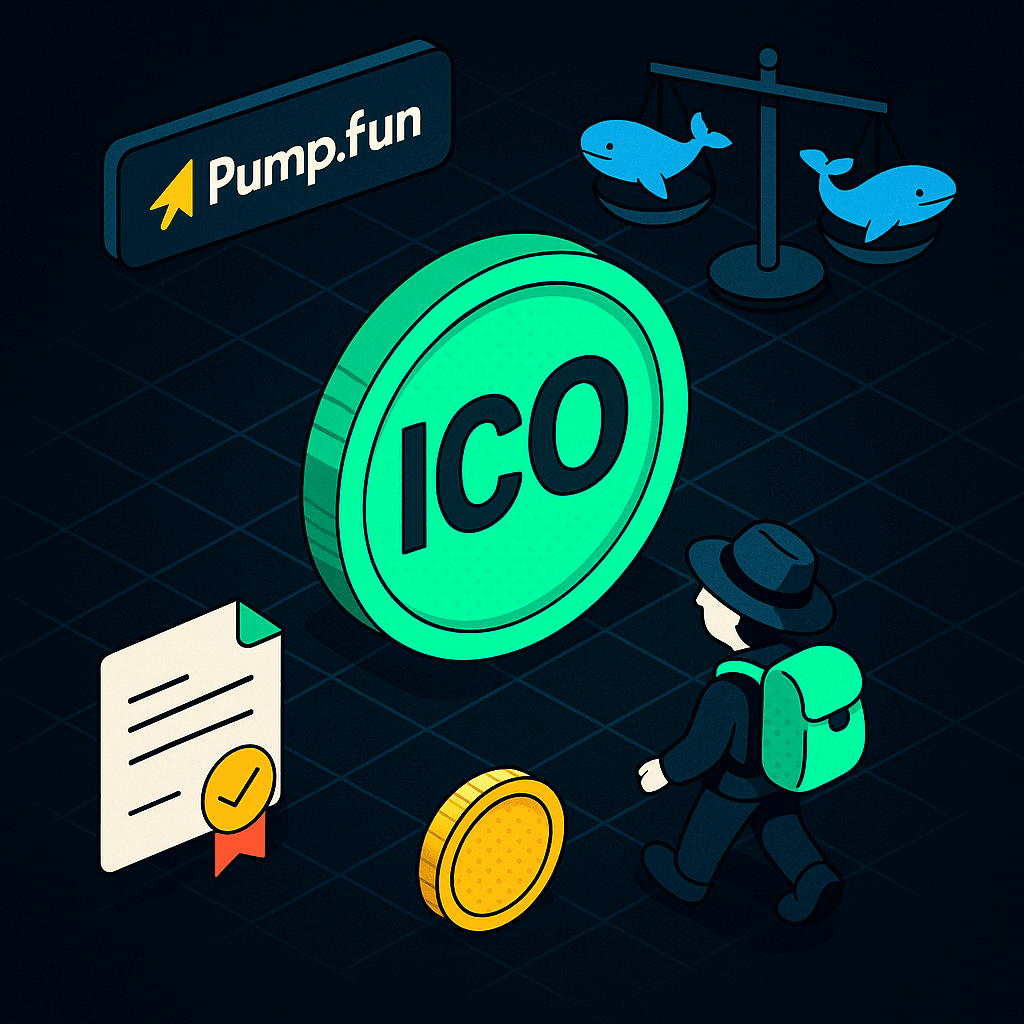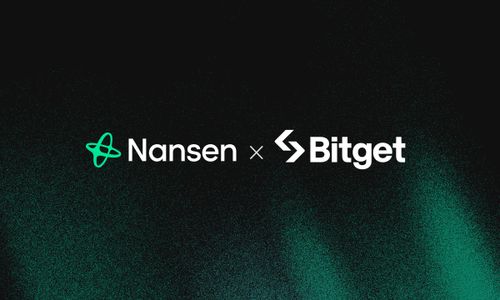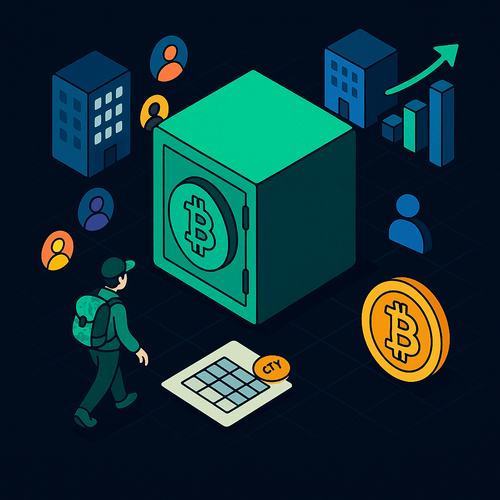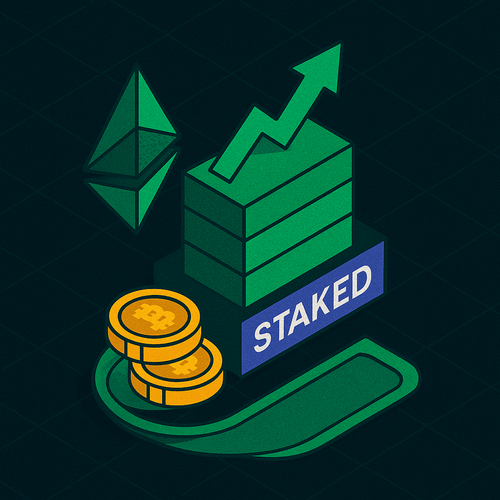The launch of PUMP, the native token of Pump.fun, was one of the most striking fundraising events in recent crypto history. Originally planned as a multi-day public sale, it concluded in just over ten minutes, raising approximately $500 million and drawing comparisons to historic ICOs like EOS and Telegram. The sale used a hybrid model that included Pump.fun’s own platform and major exchanges such as Bybit, Kraken, and KuCoin. This structure highlighted both the scale and regulatory complexity of modern token offerings. Token distribution was highly concentrated, with over 200 wallets hitting the $1 million cap and the top 340 buyers securing 60 percent of the allocation.
While the speed and size of the sale reflected strong demand from whales and institutional investors, it also raised questions about fairness and the role of the broader community. No airdrop was provided, and 67 percent of the token supply remains controlled by insiders or the project itself. As trading began and media coverage expanded, the launch became a case study in how token sales are evolving in 2025. It reflects a shift toward centralized, legally cautious models of capital formation. The key question is whether this represents a sustainable path forward or a return to old debates about inclusion and ownership.
Tokenomics and Public Sale
Pump.fun’s tokenomics structure reflects a blend of aggressive capital formation and long-term ecosystem planning. The PUMP token carries a total supply of one trillion, with only 33% made available through public and private sales. Of this, 15% was allocated to the highly publicized token sale that raised approximately $500 million in 12 minutes, while another 18% was set aside for institutional and private investors. All sale tokens were fully unlocked at launch, though a brief 48–72 hour post-sale transfer lockup was enforced.
The remaining 67% of tokens were reserved for internal and ecosystem development. This includes 24% allocated to community and ecosystem initiatives, 20% for the Pump.fun team, and 13% for existing investors. Smaller portions were earmarked for livestreaming incentives (3%), liquidity and exchange support (2.6%), an ecosystem fund (2.4%), and a foundation reserve (2%).
Vesting schedules vary by category. While sale participants received immediate access to their tokens, team and investor allocations follow a one-year cliff, followed by a multi-year linear vesting period. The ecosystem and community shares are partially unlocked at launch, with the rest released gradually over the following year.
Airdrop or creator rewards
Speculation around a potential PUMP token airdrop has been a persistent undercurrent throughout Pump.fun’s rise, but as of now, no official airdrop has been confirmed. Rumors began months before the token launch, fueled by cryptic comments from the team and community expectations based on common DeFi precedents. In particular, a statement by co-founder “Sapijiju” in late 2024 hinted that a future airdrop could be “more lucrative than anyone else in the space,” though this was never formalized.
Leading up to the sale, several blockchain sleuths noticed what appeared to be preparatory moves—a new domain tied to a KYC provider, and backend activity suggesting a claim page might be in development. Some believed a snapshot had been taken of early platform activity, especially from users who created or traded memecoins on Pump.fun. However, none of these developments resulted in a public announcement or clear eligibility criteria.
When the official tokenomics were released, there was no dedicated allocation for airdrops. Instead, 24% of the supply was labeled for “community and ecosystem initiatives,” leaving the door open for future rewards. For now, the absence of a confirmed airdrop has disappointed many early users, though some still hold out hope that part of the ecosystem fund will serve that role.
Onchain Evidence
As of Thursday the 17th, most of the realized profit is concentrated among a relatively small group of high-performing traders. The top 500 winners made 36x more than the top 500 losers lost in dollar terms. The average trade count was also significantly higher among winners, suggesting either more activity, better timing, or both. Losses are shallow by comparison, and most wallets appear to have exited their positions.
Given this dynamic, a PvP mentality may persist. A significant number of retail traders entered at higher prices and currently hold losing positions, likely resulting in strong selling pressure during price rallies. These traders may view price increases as opportunities to exit positions with reduced losses. This behavior could establish a persistent price ceiling in the short to medium term, especially given the high initial valuations and substantial profit-taking by early entrants.
| Metric | Top 500 Winners | Top 500 Losers | |
|---|---|---|---|
| Total Realized PnL (USD) | $173,086,540 | –$4,802,352 | |
| Average Realized PnL (USD) | $346,173 | –$9,605 | |
| Median Realized PnL (USD) | $147,004 | –$3,486 | |
| Top PnL (USD) | $1,785,195 | –$241,077 | |
| Total Number of Trades | 283,527 | 128,361 |
While most of the largest winners are simple wallets now known for having been on the top 100 PUMP leaderboard per pnl, some smart money wallets also profited more than $1 million on single wallets. One wallet, devwyd.sol,made $1.31 million and has previously also been one of the first wallets in VIBE and was part of a list of wallets that profited heavily on QUANT, a token about a kid that rugged on stream.
On another note, looking at public figures Chris Kogias on X, who previously made $780k on FARTCOIN is currently sitting at an, albeit unrealized loss of $155k, with Insentos on X realizing a profit of $968k based on when the tokens left the wallet. Naseem, another public figure and well known sniper that previously made millions on the TRUMP token, has lost $70k+ on PUMP based on the Nansen labeled wallets.
This illustrates how timing and scale often have been correlated with outsized returns in certain cases.
Hyperliquid Perp Sentiment
On July 18th, 4PM CET, Hyperliquid show the shorts winning, having an unrealized profit of $60M where as the longs, of which 2 thirds of the traders are, have an unrealized loss of $51M.

Additionally, the positive funding rate (0.880%) means longs are continuously paying shorts to maintain their positions, signaling market optimism from longs despite the unfavorable current price action. This suggests caution for longs, as continued losses and ongoing funding costs could lead to forced liquidations or a shift in market sentiment toward bearishness. Conversely, shorts remain well-positioned but should remain wary of potential price reversals given the balanced market exposure.
Top positions show significant institutional presence: the largest short (Fasanara Capital, $11.92M at 5x) is highly profitable, while the largest long (Machi Big Brother, $8.22M at 5x) faces considerable losses, highlighting current market conditions favor shorts.
Final Note
The whirlwind launch of Pump.fun's PUMP token symbolizes both the evolving sophistication and the persistent tensions within crypto fundraising. Its sell-out and heavy institutional presence echo past ICO frenzies, yet the centralized structure and insider-heavy tokenomics stir familiar debates about fairness and community involvement. Meanwhile, current perpetual markets lean bearish, with large institutions notably profiting, though a positive funding rate at the time of writing reveals lingering optimism from longs.




